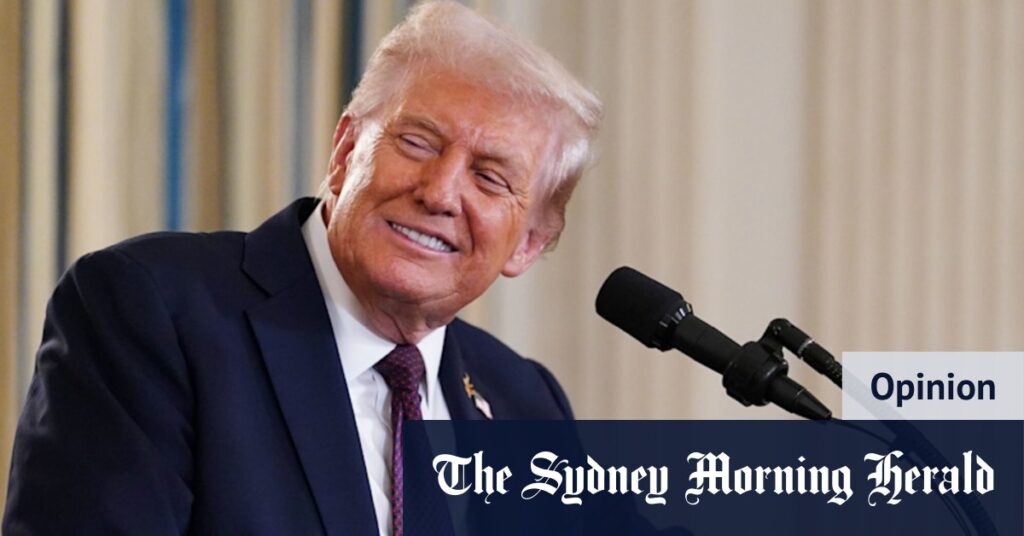
As the United States enters a new fiscal year without a federal budget, the Trump administration finds itself at the center of a looming government shutdown. This event, unfolding against a backdrop of economic uncertainty exacerbated by the administration’s own trade and immigration policies, could have significant repercussions.
The shutdown, which began on October 1, threatens to furlough approximately 750,000 government employees without pay. Unlike previous shutdowns, the administration has suggested it might seize this opportunity to permanently reduce the federal workforce. This scenario unfolds as the unemployment rate is already on the rise, adding to the economic strain.
Economic Indicators and Federal Reserve Challenges
Compounding the issue is the rising inflation rate, which heightens the risk of stagflation—a combination of stagnant economic growth and high inflation. The Federal Reserve faces a complex dilemma: whether to adjust interest rates amidst these challenges. The absence of critical economic data due to the shutdown, such as the payroll report and inflation figures, further complicates the Fed’s decision-making process.
The Fed won’t be helped by the lack of economic data. The payroll report due this Friday, inflation data scheduled to be released on October 15, the unemployment numbers and retail sales, for example, will be unavailable if the closure of non-essential agencies is prolonged.
The duration of the shutdown will largely determine its impact on the economy and financial markets. Historically, shutdowns have been brief, lasting an average of eight days, with minimal long-term effects. However, the current political climate suggests this episode could be prolonged, potentially leading to more severe economic consequences.
Historical Context and Market Reactions
Past government shutdowns have generally resulted in temporary negative effects on stock markets and bond prices, with markets typically rebounding once the shutdown ends. The most recent shutdown, which occurred during Trump’s previous term, lasted 25 days and resulted in a 0.4 percentage point reduction in GDP, according to the Congressional Budget Office.
The 22 previous events over the past half-century ranged from three to 35 days, with an average length of about eight days. Generally, they had initial negative effects on sharemarkets and bond prices, but those effects were momentary and markets then returned to their pre-shutdown courses.
While furloughed workers eventually receive back pay, the broader economic impact extends beyond government employees. Contractors and businesses reliant on government services may also suffer, potentially leading to private sector furloughs and a decline in consumer confidence and spending.
Political Stalemate and Economic Implications
The political deadlock between Republicans and Democrats further complicates the situation. Democrats are pushing to reverse healthcare spending cuts, while the Trump administration remains committed to its smaller government agenda, using the shutdown as leverage.
Republican leaders have said they will negotiate a compromise with the Democrats on health insurance funding, but only after the Democrats agree to a short-term funding package without conditions.
The shutdown also presents an opportunity for the administration to freeze or redirect funds, potentially punishing Democrat-led states and cutting off funding for programs they oppose. This tactic could exacerbate existing economic vulnerabilities, including a weakening US dollar and rising gold prices, as foreign investors reassess their exposure to US markets.
Future Outlook and Market Vulnerabilities
If the shutdown persists and the economy shows signs of deterioration, the stock market—currently buoyed by the AI boom—could face increased volatility. Given the inflated valuations, any market downturn could have significant ramifications.
While history suggests that shutdowns are typically short-lived with minimal long-term effects, the current administration’s unpredictable nature and the polarized political environment could lead to different outcomes. The potential for a prolonged shutdown raises concerns about economic stability and growth, with both domestic and international implications.
As the situation unfolds, the focus remains on whether a compromise can be reached to end the shutdown and mitigate its economic impact. The coming weeks will be critical in determining the trajectory of the US economy and financial markets.






